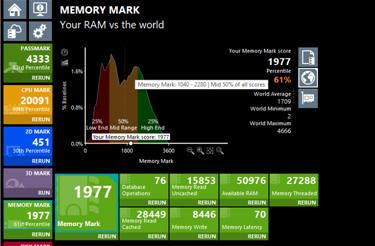

The prevalence of MCI in older people ranges between 14% and 18%, with aMCI being twice as prevalent as non-amnesic (naMCI) forms ( Petersen et al., 2009). This form of MCI is known as amnestic mild cognitive impairment (aMCI). According to the National Institute on Aging-Alzheimer’s Association’s diagnostic criteria ( Albert et al., 2011), when these changes involve memory and there is positive evidence of certain biomarkers (e.g., beta-amyloid, tau, temporal atrophy, and/or frontoparietal hypometabolism), it is likely that the cognitive changes experienced by the person represent the initial symptoms of AD. It constitutes a risk factor for progression to AD dementia ( Jessen et al., 2014 Mitchell et al., 2014). Next comes mild cognitive impairment (MCI), considered an intermediate condition whereby changes in cognition exceed the normal, expected changes related to age, without affecting one person’s daily activities ( Petersen et al., 1999). Between the two ends of this continuum, subjective cognitive decline (SCD) refers to the perception of memory or other cognitive problems without impairment on standardized cognitive tests.

We conclude that the FNAME test may be a valuable tool for early diagnosis but that some important questions remain to be resolved in future research.Īging involves brain and functional changes, and it is common to talk about a continuum from normal aging to Alzheimer’s disease (AD).

These studies are based on the evidence that AD’s pathological process begins years before the most visible clinical manifestations. Studies looking at correlations between performance on the FNAME test and biomarkers in healthy people and studies comparing healthy controls and people with mild cognitive impairment are reviewed. The objective of this paper is to review the studies that have explored the use of the Face-Name Associative Memory Exam (FNAME) as a test for early diagnosis of AD. One current challenge for neuropsychologists is to design assessment methods capable of detecting cognitive deficits in the early or preclinical phases of Alzheimer’s disease (AD).
#Memory test free
The Kingshill Research Centre, Swindon, UK owns the copyright to The Kingshill Version 2000 of the 6CIT but allows free usage to healthcare professionals. Many thanks to Dr Patrick Brooke, General Practitioner & Research Assistant in Dementia for his help with the original article. About what time is it (within one hour)?Ħ. Give the patient an address phrase to remember with 5 components -Ĥ. Six-item Cognitive Impairment Test (6CIT) - Kingshill Version 2000ģ.


 0 kommentar(er)
0 kommentar(er)
